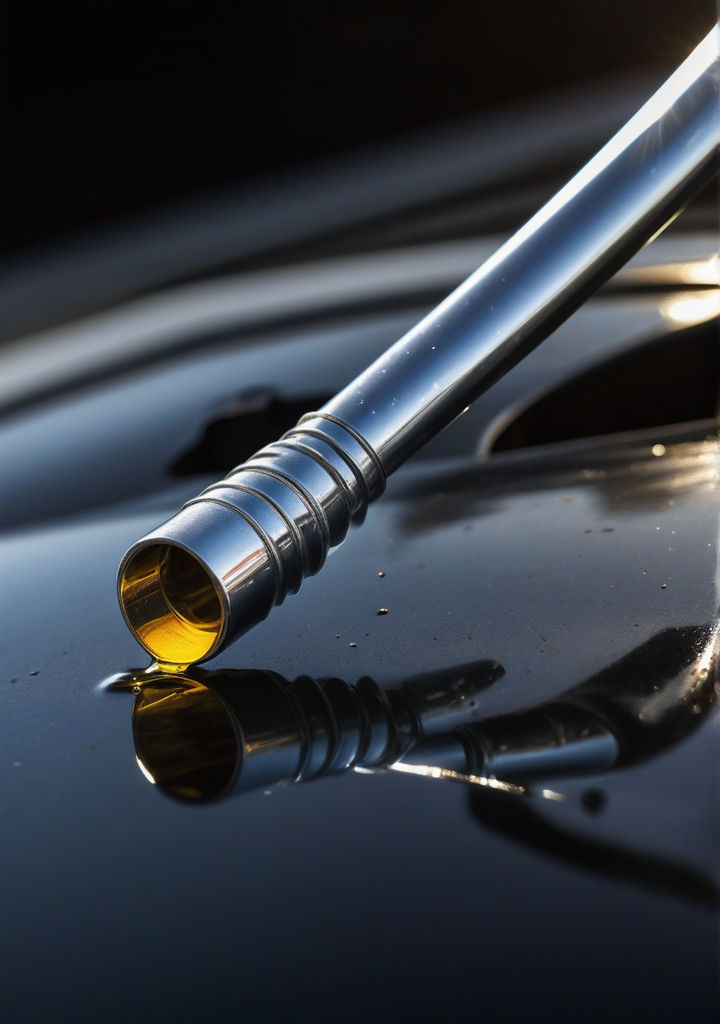
Checking your engine's oil level is one of the easiest and most crucial DIY car maintenance tasks, and all you need is a dipstick! Many vehicles, especially those with older models or non-digital systems, come equipped with this simple tool to help you keep tabs on your oil levels. Regularly checking your oil ensures your engine stays properly lubricated, avoiding costly damage due to low or dirty oil.
How to Check Your Oil Using a Dipstick
Follow these easy steps to check your engine's oil level:
- Park on a Flat SurfaceMake sure your car is parked on a level surface and that the engine is turned off. Let the engine cool for a few minutes to allow the oil to settle.
- Locate the DipstickOpen your vehicle’s hood and look for the dipstick, typically marked with a bright-colored handle (often yellow or orange). It’s usually located near the engine.
- Pull Out the DipstickGently pull out the dipstick and wipe it clean using a paper towel or rag to remove the oil that’s on it from the last reading.
- Reinsert the DipstickAfter cleaning, fully reinsert the dipstick back into its tube and pull it out again. This will show you the current oil level.
- Check the LevelLook at the oil markings on the dipstick. Most dipsticks have "low" and "full" markings. The oil should be between these two marks. If it’s below the “low” mark, it’s time to add more oil.
- Check Oil ConditionIn addition to the level, check the oil’s color. It should be a clear, amber color. If the oil is dark, dirty, or gritty, it might be time for an oil change.
Why It’s Important to Check Your Oil Regularly
Maintaining the proper oil level is critical for your engine’s health. Here are some reasons why:
- Prevents Engine Damage: Oil keeps engine components lubricated, reducing friction and wear. Low oil levels can cause overheating and potentially lead to costly repairs.
- Extends Engine Life: Clean and sufficient oil helps your engine run smoothly, extending its lifespan by preventing premature wear on parts.
- Improves Fuel Efficiency: A well-lubricated engine performs more efficiently, which can lead to better fuel economy.
FAQ
Q: How often should I check my engine oil?A: It’s recommended to check your engine oil at least once a month. For older vehicles or high-mileage cars, checking more frequently is a good idea.
Q: What kind of oil should I use for my car?A: Your vehicle’s manual will specify the recommended oil type and viscosity for your engine. Common types include synthetic, conventional, or blended oils.
Q: What if my oil level is too high?A: Overfilling the engine with oil can cause damage, so be cautious not to add too much. If the oil level is above the “full” mark, consult a mechanic.
Q: Can I drive with low oil?A: Driving with low oil can lead to engine damage or complete failure. Always top off your oil before hitting the road if the level is too low.
Q: When should I change my oil?A: Most cars need an oil change every 5,000 to 7,500 miles, depending on the type of oil and the manufacturer’s recommendations.

